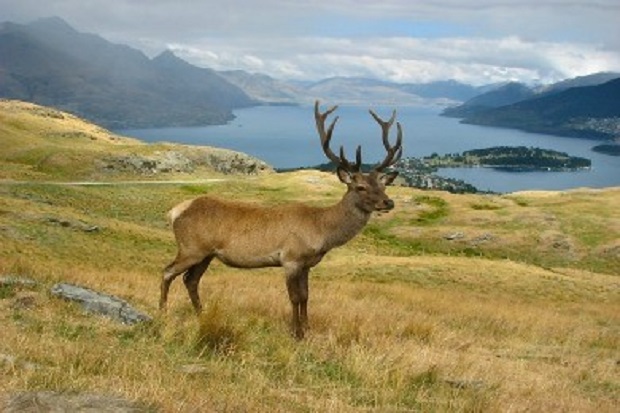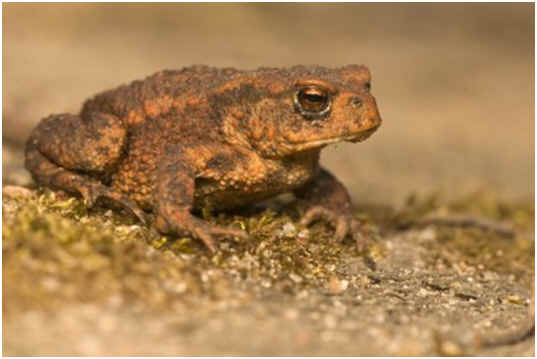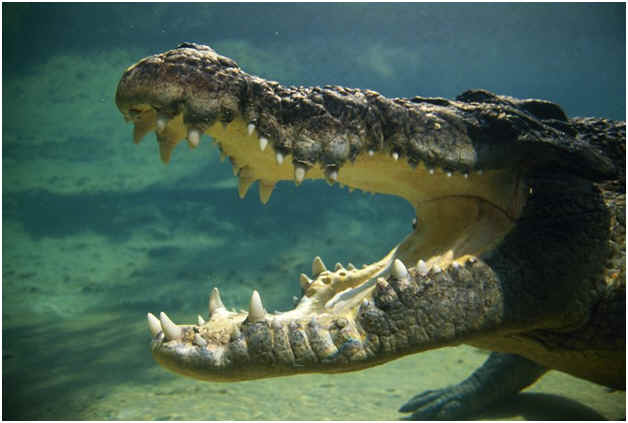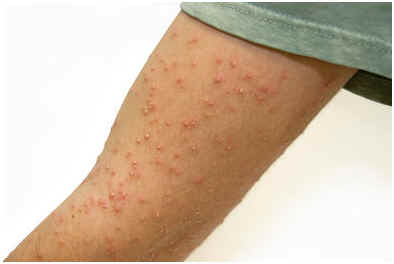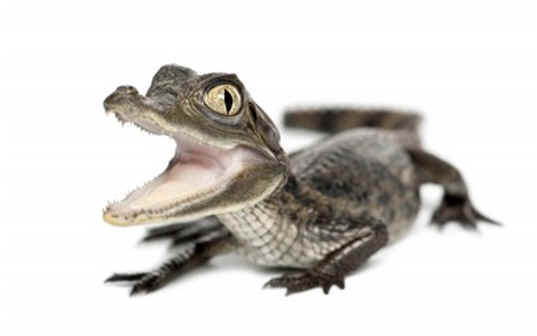
Do Crocodiles Hibernate?
Crocodiles do not hibernate they aestivate. Aestivation in crocodiles is similar to hibernation in warm-blooded animals but occurs in response to arid conditions in hotter seasons rather than to a rapidly cooling climate in the colder season. It is a prolonged period of inactivity that involves the slowing down of all bodily processes, including digestion and excretion of waste.
Crocodiles are cold-blooded and must regulate their body temperatures by moving to warmer or cooler locations, basking in the sun to warm up, or sliding into the nearest body of water to cool down. Tropical and sub-tropical environments are ideal for crocodile living conditions, especially if these areas are equipped with plenty of surface water at temperatures averaging somewhere between 22-30 degrees Celsius. The body of a crocodile is built to withstand a maximum internal temperature of 38 degrees Celsius during the day and a minimum temperature of 15 degrees Celsius in the evening and nighttime hours. If the reptile cannot consistently maintain a high core temperature and is exposed to cold conditions for an extensive amount of time, it will not digest food properly, and all of its recent meals will rot in its stomach. Constant thermoregulation is, therefore, key to the survival of crocodiles.
Aestivation: Hibernation with a Twist
A common tactic among crocodiles for regulating body temperature during seasons of drought when migration becomes difficult is to hibernate, or aestivate, for a few months. Aestivation in crocodiles is similar to hibernation in warm-blooded animals but occurs in response to arid conditions in hotter seasons rather than to a rapidly cooling climate in the colder season. It is a prolonged period of inactivity that involves the slowing down of all bodily processes, including digestion and excretion of waste. Fortunately for crocodiles, their metabolisms are already slower than that of most other animals and are designed to make a meal last for a month, even during periods of regular activity.
Months-long Mud Bath
Before aestivation can begin, a crocodile will dig a den in a dry riverbed or riverbank and promptly burrow into it, leaving nothing of itself visible to the outside world except perhaps its eyes and the tip of its snout. The mud from the newly dug den hardens around the crocodile’s body, protecting it from the oppressive heat and dryness outside. Encased this way, a crocodile can survive for several months without water and up to two years without the need to feed, as its body will slowly draw its energy from fat and recently consumed meals until the rains arrive, signaling that it is finally time for the crocodile to resurface.
Resources
Gorongosa National Park. (2013).
Migration and hibernation.
http://www.gorongosa.org/explore-park/wildlife/gorongosas-crocs/migration-
hibernation
Partridge, Karen. (2010, July 3).
King crocodile.
http://www.discoverwildlife.com/animals/king-crocodile
Wildliferanching.com. (2009).
Nile crocodile (Crocodylus niloticus.
http://wildliferanching.com/content/nile-crocodile-crocodylus-
niloticus
